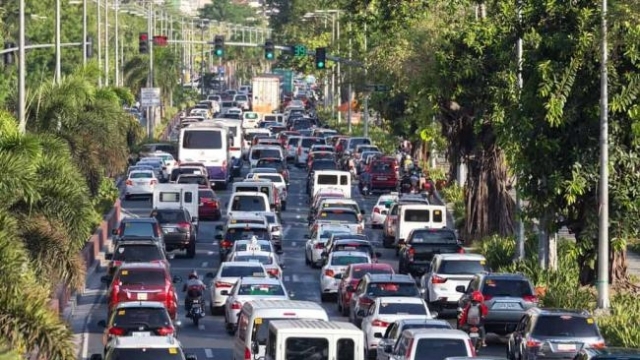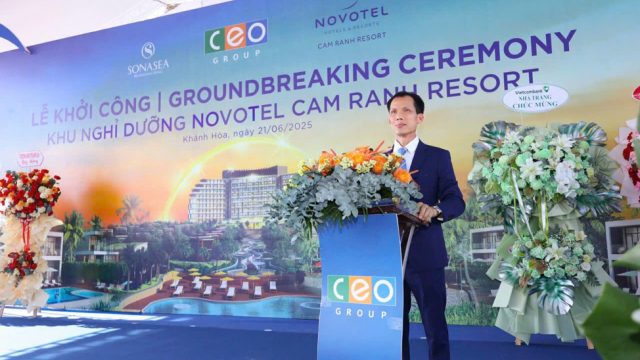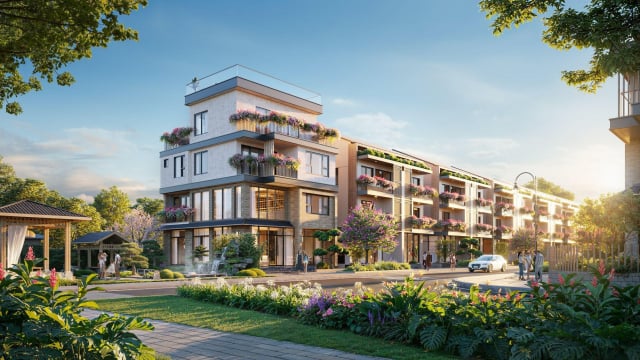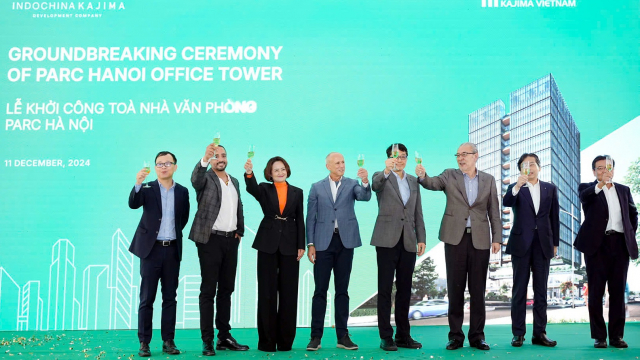Property
Vietnam real estate market ranked in top three markets in attracting investment in South East Asia
Vietnam would continue to be in the top three target markets for international investors, especially Japanese, South Korean, Chinese and Singaporean investors, according to a report just released by Jones Lang LaSalle (JLL), American professional services and investment management company specializing in real estate.
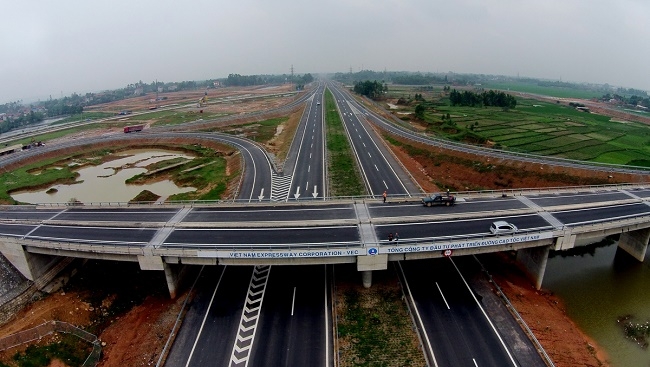
Vietnam is also a key market for foreign capital in 2017, with smaller investment tickets and mainly focused on residential projects.
Southeast Asian cities are also investing in mass rapid transit (MRT), which is transformational in the way city dwellers live, work and play. Ho Chi Minh City’s first MRT is expected to operate from 2020.
In Ho Chi Minh City, the metro is expected to cover 70 percent of the city and will change the real estate landscape in terms of supply and demand, says JLL’s Head of Research in Vietnam, Trang Le.
“Owing to uneven infrastructure development, most residential and commercial projects here typically have been concentrated in central areas or smaller fringe developments,” she says. “By improving the infrastructure and accessibility, the Vietnamese authorities hope to encourage more developers to invest in large-scale real estate projects across the city.”
Alongside investing in infrastructure, Southeast Asian governments have surprised the markets by cutting policy rates to boost growth amid low inflation in 2017. Indonesia and Vietnam cut policy rates by 50bps and 25bps respectively in 2017 when analysts had expected their rates to stay flat.
Logistics continues to attract strong investor interest in the region
In Vietnam, the supply of industrial and logistics assets has not changed much during the last few years. Compared to its regional peers, Vietnam’s current supply is remarkably lower, resulting in good room for growth in this market. Additionally, Vietnam’s high-specification warehouse/factory space is still relatively less competitive compared to the average specification warehouse/factory space in Thailand, China (YDR) and Singapore.
As the Vietnam market evolves, specific areas of opportunity are beginning to emerge as it develops a more intermediate product and value-added offering.
Approximately 38,461 ha of additional land is planned for industrial growth until 2020, nearly double the current market size. Given Vietnam’s promising economic prospects, it is expected that Vietnam will witness strong manufacturing growth in the near future particularly as its regional peers tend to shift away from the early stages to more mature industrial development.
Thus, huge opportunities exist in the Vietnam market for both existing players and potential new market entrants to access potential land bank and capture market share.
Changing office tenant profile across Southeast Asia
Across Southeast Asia, financial institutions have taken up less office space in the last three years and technology firms have increased their footprint. Especially, coworking demand is growing from both small and large enterprises.
JLL forecasts that coworking and serviced offices would take up 10 - 15 per cent of the region’s occupied office space in 2030.
First introduced in Vietnam in 2012, co-working space model has become more popular in both Hanoi and Ho Chi Minh City.
Also, prime residential prices in Singapore, Kuala Lumpur and Ho Chi Minh City are expected to increase in 2018.
Rail to gear up development of real estate sector in both Hanoi and HCM City
Hai Phong industrial property powers up with new project from Indochina Kajima
The project Core5 Hai Phong from Indochina Kajima and Itochu Corporation will deliver approximately 80,000 square metres of world-class ready-built factory for lease, handover expected in the first quarter of 2027.
A decade of unprecedented apartment price surge
A decade of relentless apartment price growth has pushed the dream of homeownership further out of reach for Vietnam’s middle- and lower-income earners.
Essensia Parkway sells out within hours, marking an outstanding partnership with WorldHotels
Essensia Parkway makes significant impact in the high-end real estate market as 100 per cent of the limited collection was successfully registered within just a few hours at the launching event with the theme “Live lux-well, in a truly refined world”.
Essensia Parkway gains global prestige through WorldHotels - Phu Long collaboration
Essensia Parkway is set to mark a significant milestone as the first branded residences project in Ho Chi Minh City to be operated by WorldHotels – one of the finest portfolios of independent hotels and resorts within BWH Hotels.
Indochina Kajima breaks ground on Grade A office building in Hanoi’s emerging hub
Parc Hanoi marks Indochina Kajima's first office-for-lease project in its $1 billion investment plan in Vietnam.















